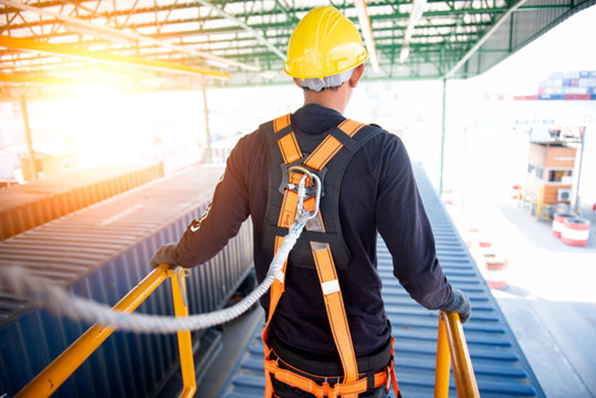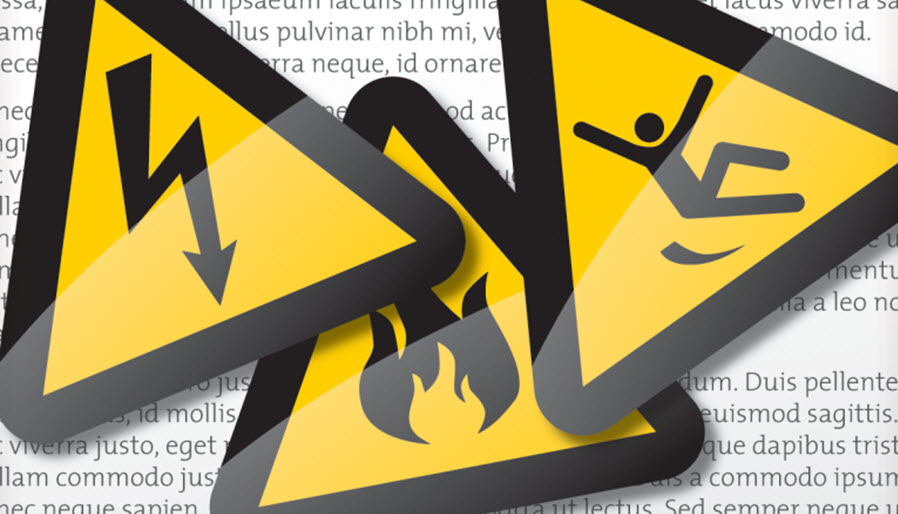03 May, 2024
In a world increasingly driven by technological advancements and complex systems, human factors specialists have become more integral. These professionals play a crucial role in ensuring that the design of products, systems, and environments takes into account human capabilities, limitations, and behaviors. By integrating principles of psychology, biometrics and engineering human factors specialists strive to…
13 July, 2023
Aviation is a complex and highly regulated industry that demands unwavering attention to safety, with safety relying heavily on maintenance. Behind the scenes, a multitude of individuals work tirelessly to ensure that every flight operates smoothly. CASA (Civil Aviation Safety Authority), regulates the aviation industry in Australia; they license pilots & engineers, register aircraft…
25 January, 2023
As ergonomists and safety specialists, we are frequently asked if we can provide ‘how to lift’ training to minimise the risks of injury from manual tasks within the workplace. Although injuries from these tasks are common, we believe ‘how to lift’ training, by itself, is not the right approach to managing hazardous manual tasks. So…
10 November, 2022
Managing risks in the workplace is an important duty of any business owner or employer. A safety specialist can assist a business to identify hazards and determine how to eliminate or control risks within a workplace or public facility. Various frameworks and tools are often used to assist safety specialist identity and manage risks adequately. Risk…
10 October, 2022
The failure of a consumer item can have severe consequences for the user. To avoid product failure and prevent injury or death due to the use of a consumer product, the product must go through a rigorous design and verification process. Human factors must be considered at every stage of the design process, from concept through…
15 September, 2022
Falls in the workplace is a leading cause of death and serious Injury in Australia. Fall hazards can be found in many workplaces. Hazards involving increased risk can include work carried out at heights above two metres – for example, climbing up ladders in warehouses or working on roofs, temporary work platforms and elevated work…
25 June, 2020
Victoria will soon become the fourth Australian jurisdiction (following Queensland, the Australian Capital Territory and the Northern Territory) to introduce workplace manslaughter offences. The Workplace Safety Legislation Amendment (Workplace Manslaughter and other matters) Bill 2019 will become law in Victoria on 1 July 2020. What are these new workplace manslaughter laws in Victoria? An expansion…
17 October, 2017
We all know we need to be assessing and managing risk in the workplace. The law is extremely clear that risk assessment is one of the key responsibilities of business owners and managers. Using the guidance provided by the Code of Practice for manual handling/manual tasks relevant to your state/territory is one of the most…
22 May, 2014
On 1 July 2005, the Victorian Occupational Health and Safety Act 2004 came into effect. The reforms to the Act are aimed to make WorkSafe a more constructive, accountable, transparent and effective regulator, and are the cornerstone of legislative and administrative measures to improve occupational health and safety. The Act is the outcome of a major review of…
22 May, 2014
Codes of Practice (safety) are issued by Australian state and federal government agencies to advise employers and employees of acceptable ways of achieving compliance with occupational health and safety legislation. They are usually designed to be used in addition to statutes and regulations but can also be incorporated into legislation. One very useful application is…










